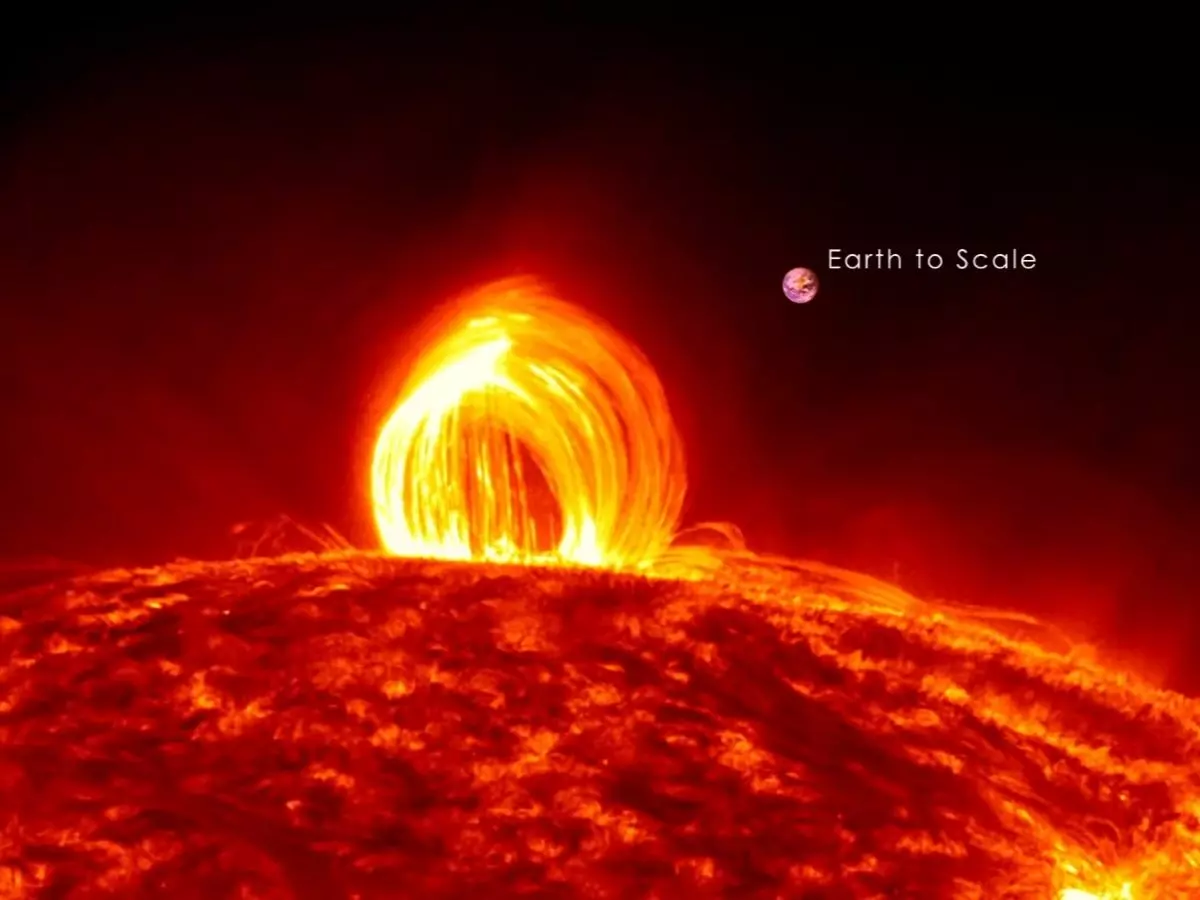Powerful Solar Storm Today Could Disrupt Earth's Satellite Communications
These solar storms could cause disruptions in satellite signals, communications networks and GPS systems that aviation and marine navigation relies on.

NASA has reported that Earth could be hit by a high-speed solar storm approaching at 1.6 million kilometres per hour. These solar storms could cause disruptions in satellite signals, communications networks and GPS systems that aviation and marine navigation relies on.
 NASA
NASA
Also Read: Sun Released Biggest Solar Flare In Four Years, Caused Brief Radio Blackout On Earth
Solar storms are huge bursts of charged particles that are released from the sunĄŻs atmosphere straight into space. The particles released by the most recent solar storm is due to a hole in our SunĄŻs equatorial region and itĄŻs expected to approach our planet later today.
In case you were wondering if these solar storms have effects on human health on Earth, there is nothing to worry about. The solar storms often cause outages in power and communications, but it poses no major risk to humans. However, the same cannot be said for astronauts in space.
The charged particles from solar winds travelling towards Earth increase their chances of soaking in harmful radiation. It also increases the chances of causing damage to their spacecraft.
What this will result in, however, will be a breathtaking aurora activity that would be visible to people residing in higher latitudes. ThatĄŻs because charged particles from the sun would interact with our planet's magnetic fields, creating colourful patterns in the night sky.
Also Read: Solar Storms Seen In 1582 Could Hit Earth Again And Cause Damage, Warn Scientists
Nicky Fox, of NASA's Director of the Heliophysics Science Division, explained, "As the wind flows toward Earth, it carries with it the SunĄŻs magnetic field. It moves very fast, and smacks right into Earth's magnetic field. The blow causes a shock to our magnetic protection, which can result in turbulence."
 NASA
NASA
Also Read: Sun Has Begun A New Solar Weather Cycle: HereĄŻs What It Means
Just last week, our planet experienced one of the largest solar flares in five years. The solar flare originated from a sunspot dubbed AR2838. According to the US Space Weather Prediction Centre (SWPC), this was regarded as an X1-class sun event.
Our Sun has also recently entered its more recent solar cycle that commenced in 2020. It is at this time the sun is expected to be in its fiercest avatar and more such solar activity.
